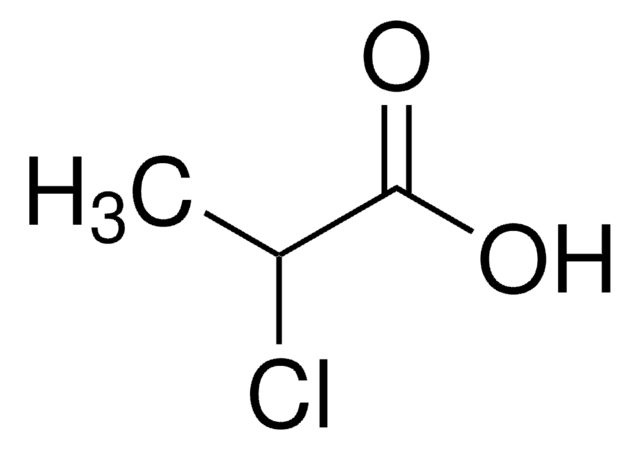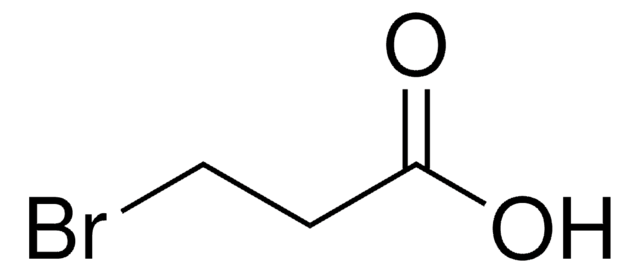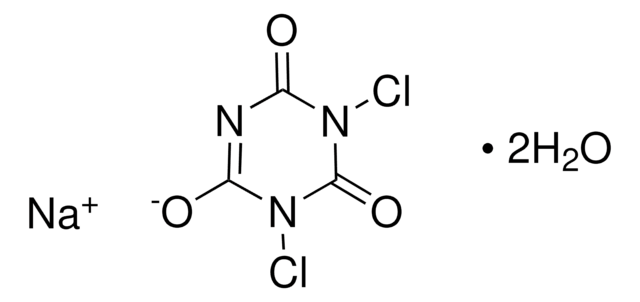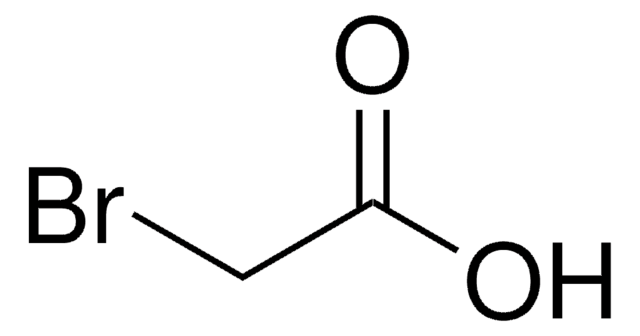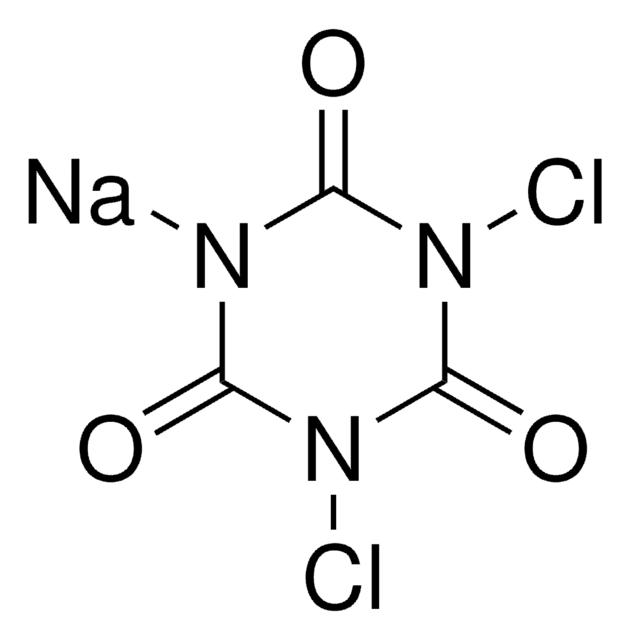204501
Ammonium sulfate
99.999% trace metals basis
Synonym(s):
Mascagnite
Sign Into View Organizational & Contract Pricing
All Photos(2)
About This Item
Linear Formula:
(NH4)2SO4
CAS Number:
Molecular Weight:
132.14
EC Number:
MDL number:
UNSPSC Code:
12352302
eCl@ss:
38030408
PubChem Substance ID:
NACRES:
NA.23
Recommended Products
Assay
99.999% trace metals basis
form
crystals and lumps
technique(s)
HPLC: suitable
impurities
≤15.0 ppm Trace Metal Analysis
pH
5.0-6 (25 °C, 132 g/L)
mp
>280 °C (dec.) (lit.)
solubility
acetone: insoluble(lit.)
ethanol: insoluble(lit.)
density
1.77 g/mL at 25 °C (lit.)
SMILES string
N.N.OS(O)(=O)=O
InChI
1S/2H3N.H2O4S/c;;1-5(2,3)4/h2*1H3;(H2,1,2,3,4)
InChI key
BFNBIHQBYMNNAN-UHFFFAOYSA-N
Looking for similar products? Visit Product Comparison Guide
General description
Ammonium sulfate is a less corrosive sulfating agent that is used to synthesize the highly efficient acid catalyst for biodiesel production.
It can also be used to enhance the stability of perovskite solar cells. The incorporation of sulfate species minimizes chemical degradation at the perovskite/ETL interface. It is insoluble in acetone, alcohol and ether.
It can also be used to enhance the stability of perovskite solar cells. The incorporation of sulfate species minimizes chemical degradation at the perovskite/ETL interface. It is insoluble in acetone, alcohol and ether.
Application
Ammonium sulfate can be used:
- As a structure-directing agent (SDA) to prepare hexagonal WO3 nanorod thin films for high-performance energy storage devices. The addition of (NH4)2SO4 prevents agglomeration of crystals.
- As an electrolyte for aqueous ammonium dual-ion batteries and MnO2/carbon supercapacitors.
- As a blowing agent to prepare porous carbon structures for supercapacitors. These porous materials show high capacitance and long-term stability.
- To enhance the stability of perovskite solar cells. The incorporation of sulfate species minimizes chemical degradation at the perovskite/ETL interface.
Storage Class Code
11 - Combustible Solids
WGK
WGK 1
Flash Point(F)
Not applicable
Flash Point(C)
Not applicable
Personal Protective Equipment
dust mask type N95 (US), Eyeshields, Gloves
Choose from one of the most recent versions:
Already Own This Product?
Find documentation for the products that you have recently purchased in the Document Library.
Customers Also Viewed
James F Hunter et al.
Environmental science & technology, 48(17), 10227-10234 (2014-08-06)
A large number of organic species emitted into the atmosphere contain cycloalkyl groups. While cyclic species are believed to be important secondary organic aerosol (SOA) precursors, the specific role of cyclic moieties (particularly for species with multiple or fused rings)
Kazunori Sugiura et al.
Biochemical and biophysical research communications, 457(3), 242-248 (2015-01-17)
Intracellular redox state is a critical factor for fundamental cellular functions, including regulation of the activities of various metabolic enzymes as well as ROS production and elimination. Genetically-encoded fluorescent redox sensors, such as roGFP (Hanson, G. T., et al. (2004))
Xiangyao Liu et al.
Carbohydrate polymers, 92(1), 659-661 (2012-12-12)
Cellulose fibers were engineered by in situ oxidative polymerization of aniline using ammonium persulfate as oxidant/initiator. The polyaniline/cellulose fiber composite was used for the treatment of Cr(VI)-contaminated water, and its effect was evaluated. Under the conditions studied, the composite exhibited
Yohei Y Yamamoto et al.
Journal of molecular biology, 426(14), 2667-2678 (2014-05-27)
Chaperonins are ubiquitous molecular chaperones with the subunit molecular mass of 60kDa. They exist as double-ring oligomers with central cavities. An ATP-dependent conformational change of the cavity induces the folding of an unfolded protein that is captured in the cavity.
Adam Kawałek et al.
Aging, 5(1), 67-83 (2013-02-22)
We studied the role of peroxisomal catalase in chronological aging of the yeastHansenula polymorpha in relation to various growth substrates. Catalase-deficient (cat) cells showed a similar chronological life span (CLS) relative to the wild-type control upon growth on carbon and
Our team of scientists has experience in all areas of research including Life Science, Material Science, Chemical Synthesis, Chromatography, Analytical and many others.
Contact Technical Service
